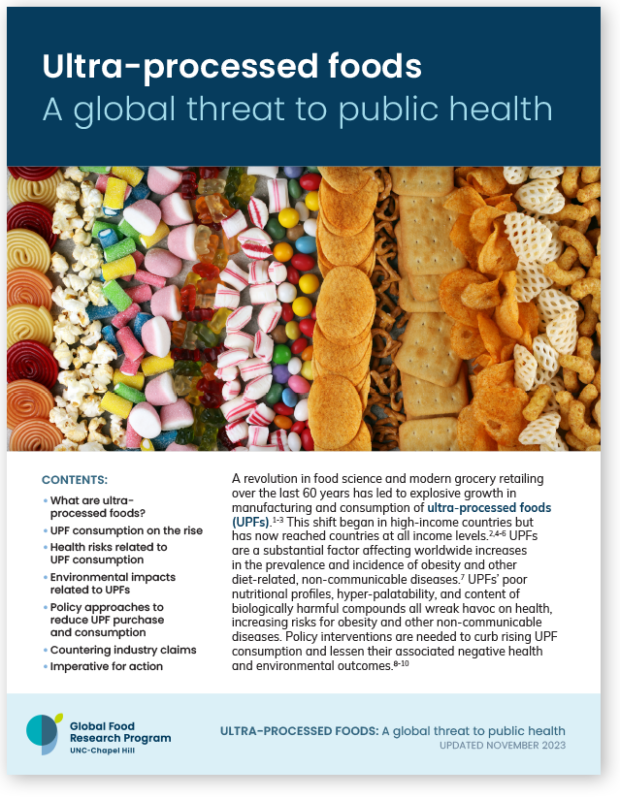Unlocking Muscle Growth - Time-Restricted Feeding and Protein Timing for Optimal Results

In the realm of fitness and bodybuilding, the quest for maximizing muscle growth is a perpetual pursuit. While factors like training intensity and genetics play crucial roles, nutrition, particularly protein intake, stands as a cornerstone of muscle protein synthesis and hypertrophy.
Recently, the interplay between protein timing strategies and time-restricted feeding (TRF) has garnered significant attention. This article delves into the scientific evidence surrounding these concepts, exploring whether aligning protein consumption with specific eating windows can amplify muscle-building outcomes.
The Power of Protein Timing
The "anabolic window" hypothesis, suggesting a limited timeframe after exercise for optimal protein utilization, has been a topic of debate. While the window might not be as narrow as initially thought, research suggests that consuming protein within a few hours post-workout remains beneficial.
A 2013 study published in the Journal of the International Society of Sports Nutrition examined the impact of pre- versus post-workout protein intake on muscle strength and hypertrophy in young men engaged in resistance training. The study revealed that while both groups experienced significant gains, those who consumed whey protein immediately after their workouts exhibited greater increases in muscle thickness and strength.
This highlights the importance of providing your body with the necessary building blocks for muscle repair and growth when it's most receptive.
Time-Restricted Feeding: A New Player in Muscle Growth?
Time-restricted feeding (TRF) involves confining food intake to a specific daily window, typically 8-12 hours, while fasting for the remaining time. TRF has gained popularity for its potential metabolic and cellular benefits, including improved insulin sensitivity and cellular repair processes.
While research on TRF's direct impact on muscle growth is still emerging, studies suggest it may positively influence factors related to muscle protein synthesis. For instance, a 2016 study in Cell Metabolism found that TRF in mice led to increased muscle mass and improved muscle function, even when overall calorie intake remained the same.
The potential mechanisms behind this phenomenon include improved hormonal profiles, enhanced autophagy (cellular cleaning), and increased growth hormone production, all of which can contribute to a more anabolic environment.
Synergistic Effects: Combining TRF and Protein Timing
The convergence of TRF and strategic protein timing presents an intriguing avenue for maximizing muscle protein synthesis. By aligning protein consumption with both your workout window and your TRF eating period, you create a potent synergy that optimizes nutrient utilization and potentially enhances muscle growth.
For example, consider an individual following a 16/8 TRF protocol with an eating window from 12 pm to 8 pm. If their workout falls within this window, consuming a protein-rich meal or shake both before and after training aligns perfectly with their eating period, maximizing nutrient availability during the crucial post-workout anabolic phase.
Practical Considerations and Conclusion
While the synergy between TRF and protein timing holds promise, it's essential to note that individual responses may vary based on factors like training experience, genetics, and overall dietary adherence.
Furthermore, consistently meeting your daily protein requirements remains paramount. While strategic timing can optimize utilization, it shouldn't come at the expense of overall protein adequacy. Aim for a daily protein intake of around 1.6-2.2 grams per kilogram of body weight, distributed strategically throughout your day.
In conclusion, the interplay between protein timing and time-restricted feeding offers a compelling area of exploration for individuals seeking to optimize muscle growth. By aligning protein consumption with both your workout schedule and eating window, you can potentially enhance nutrient utilization and create a more anabolic environment for muscle protein synthesis.
As with any dietary approach, consulting with a registered dietitian or qualified healthcare professional is advisable to personalize your strategy based on your individual needs and goals.






:max_bytes(150000):strip_icc()/Melatonin-side-effects-7068990_txt_final-29e3d836062d4aed9a5fdaff03dfdc61.png)









Comments ()